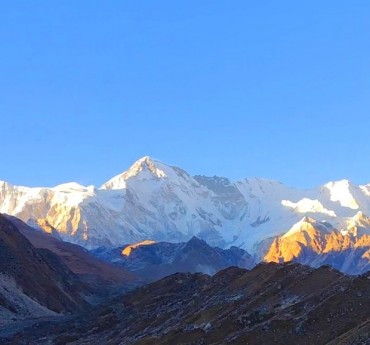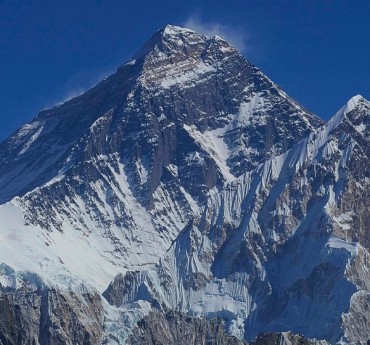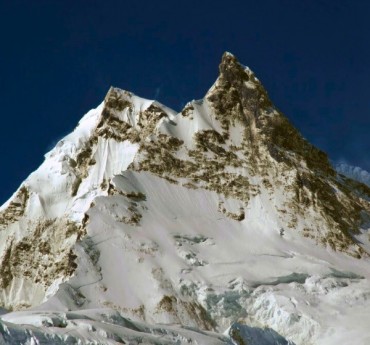Nepal's 8,000-Meter Peaks: A Climber’s Dream
Nepal is home to eight of the world's 14 highest mountains, including Everest, Kangchenjunga, Lhotse, and Annapurna I. These towering peaks attract mountaineers from around the globe, offering unmatched challenges and breathtaking experiences.
Preparing for the Climb
Scaling these mountains requires peak physical fitness, technical skills, and proper acclimatization to high altitudes. Expeditions often last weeks or even months, allowing climbers to adapt to unpredictable weather and thin air. The best times to climb are in spring (pre-monsoon) and autumn (post-monsoon), with spring offering more stable conditions.
Recent Highlights
Everest Reopening: In spring 2024, the Tibetan North Face of Everest reopened after being closed since 2019. This gave climbers new route options and eased congestion on the southern approach.
Record Breaker: In October 2024, Nima Rinji Sherpa, 18, became the youngest to summit all 14 of the world’s highest peaks. He advocates for Sherpa leadership and recognition in mountaineering.
Helicopter Ban: Starting January 2025, helicopters in the Everest region will be restricted to rescue missions. The ban aims to reduce noise and environmental damage caused by excessive flights.
Challenges at Extreme Heights
Climbing above 8,000 meters—the "Death Zone"—is physically demanding. Low oxygen levels can cause life-threatening conditions like HAPE (fluid in the lungs) and HACE (brain swelling). Careful acclimatization and constant monitoring are essential to staying safe.
Ethical and Environmental Concerns
The growing popularity of 8,000-meter expeditions has raised issues like overcrowding, waste management, and the treatment of local guides and porters. British climber Kenton Cool, who charges up to £250,000 per expedition, has voiced concerns about Everest's sustainability and the impact of tourism on the region.
Conclusion
Climbing Nepal's towering peaks is more than a physical challenge it’s an opportunity to connect with the culture and landscapes of the Himalayas. Climbers should prepare thoroughly, choose responsible operators, and respect the environment and local communities to ensure a safe and ethical adventure.






